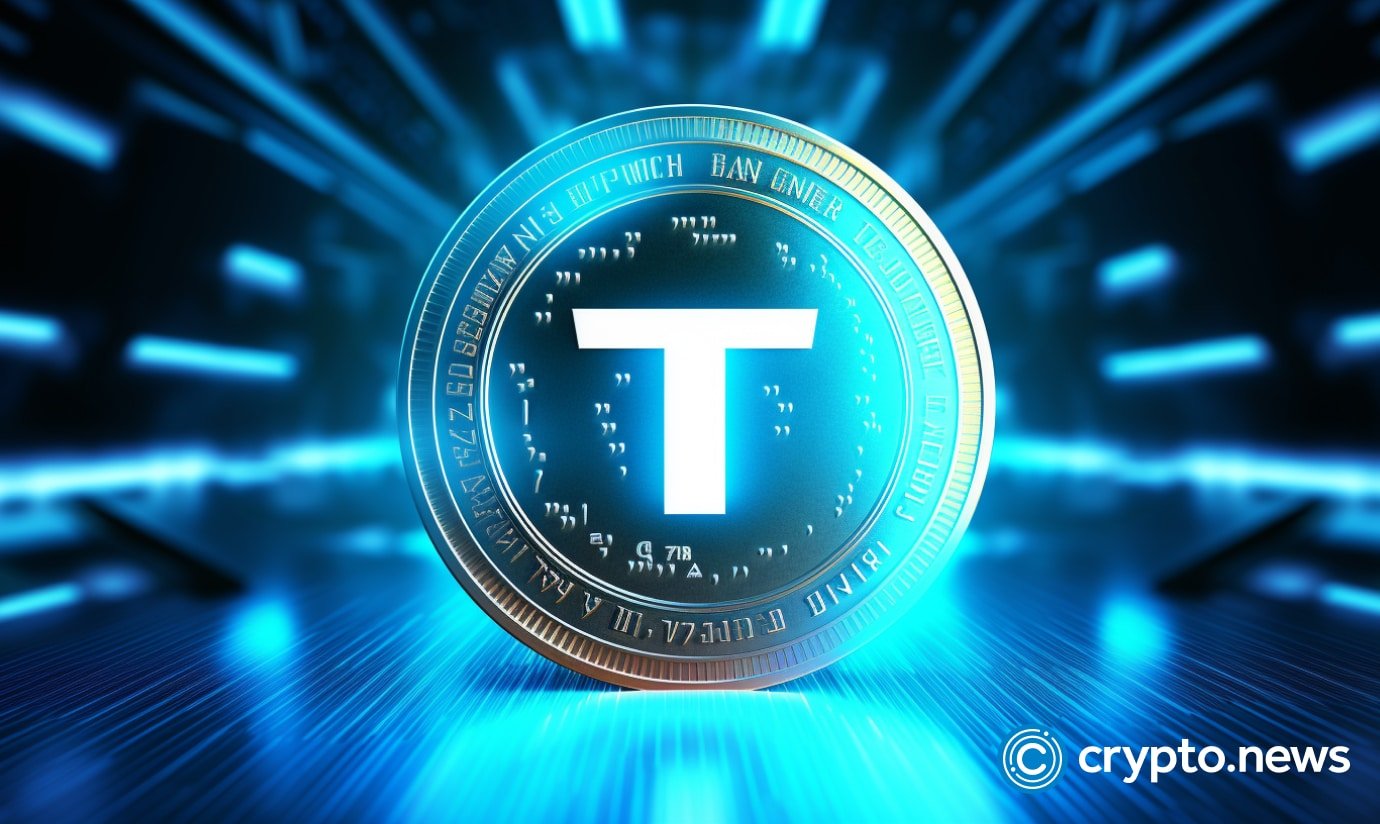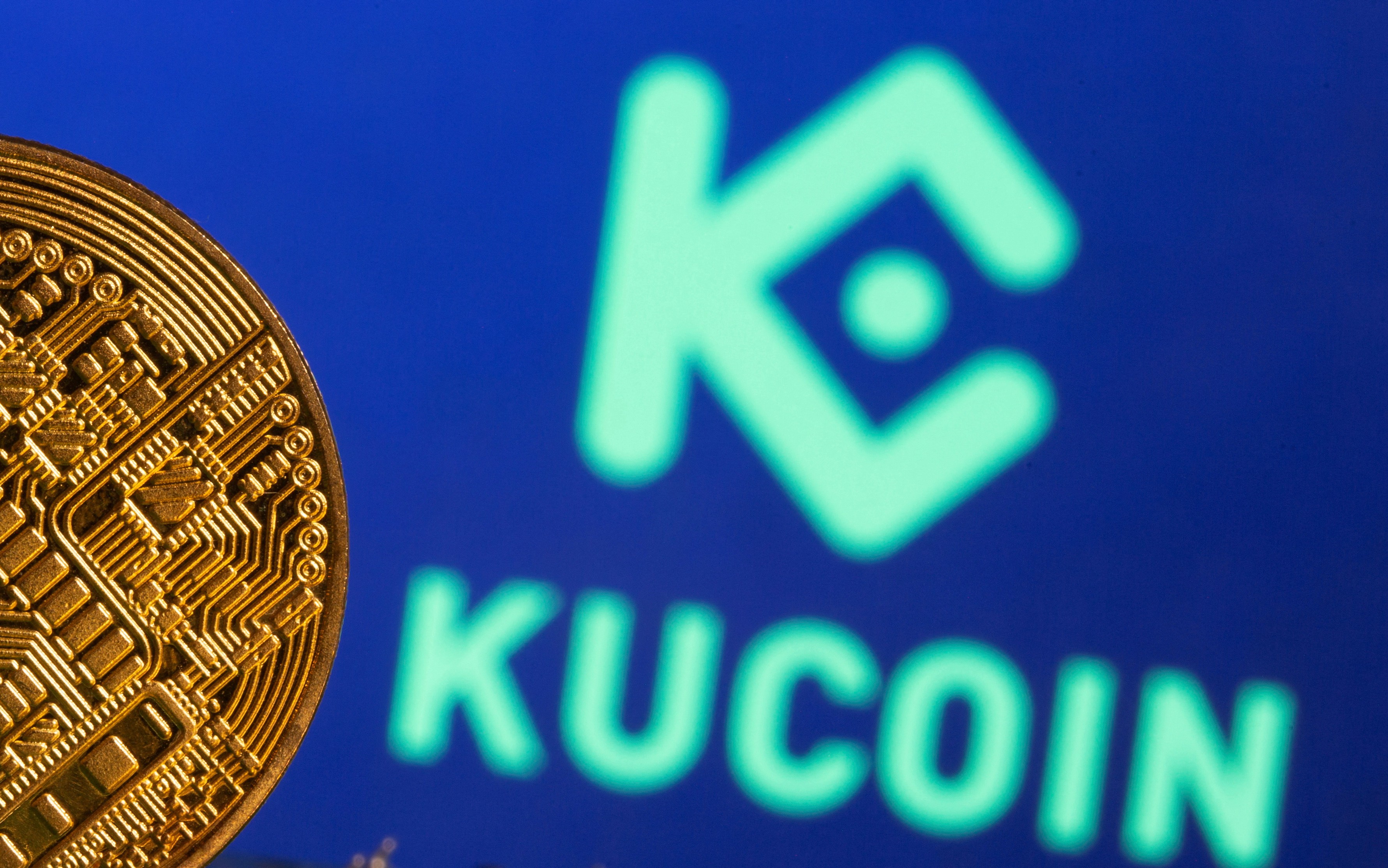India has approved the establishment of a new semiconductor facility—a joint venture between Indian tech major HCL Technologies and Taiwanese tech giant Foxconn—at a cost of about $434.72 million (Rs 3,700 crore). The plant will be located in the northern Indian state of Uttar Pradesh.
Foxconn, a major electronics manufacturer and a primary supplier to Apple (NASDAQ: AAPL), brings extensive experience in the semiconductor sector. Its collaboration with HCL, which brings decades of experience in hardware development and manufacturing, reflects increasing international trust in India’s semiconductor strategy and highlights the country’s emerging role in the global display technology supply chain.
The Union Cabinet, led by Prime Minister Narendra Modi, approved establishing another semiconductor facility under the India Semiconductor Mission (ISM). This marks the sixth such unit, with five others already in advanced stages of construction. The government said in a statement that this latest approval represents another step forward in India’s push to build a robust and strategically important semiconductor industry.
“The Union Cabinet has approved India’s 6th semiconductor unit in Jewar, Uttar Pradesh. Under India Semiconductor Mission, five semiconductor units have been approved so far and rapid construction is going on there. Production at one unit will begin this year. In this connection, there is one more super-advanced unit. This is a joint venture of HCL and Foxconn,” said Ashwini Vaishnaw, Minister for Electronics and Information Technology.
The newly approved unit will be located near Jewar airport within the Yamuna Expressway Industrial Development Authority (YEIDA) area. According to the official statement, the facility will produce display driver chips for a wide range of devices, including mobile phones, laptops, automobiles, and PCs. The plant is designed for 20,000 wafers per month. The design output capacity is 36 million units per month.
The India Semiconductor Mission is dedicated to developing a robust semiconductor and display ecosystem to transform India into a global hub for electronics design and manufacturing. As the central coordinating body, ISM oversees the effective and streamlined implementation of various government schemes related to semiconductors and displays, ensuring a cohesive and strategic approach to building this critical industry.
India’s semiconductor industry is rapidly taking shape, with significant progress being made nationwide. World-class design and innovation hubs have emerged in several states, as part of a broader national push to establish a robust semiconductor ecosystem. Provincial governments are actively courting design firms, offering support and incentives to attract cutting-edge research and development activities.
A vibrant ecosystem of innovation is also flourishing at the grassroots level. More than 270 academic institutions and 70 startups across India are engaged in advanced semiconductor design, working on the latest technologies to create next-generation products. These efforts reflect a growing synergy between academia, industry, and government aimed at positioning India as a global leader in semiconductor innovation.
Notably, students from these academic institutions have already achieved significant milestones. The Semiconductor Laboratory (SCL) in Mohali has successfully facilitated the tape-out of 20 semiconductor products developed by student teams. This achievement highlights the technical capabilities emerging within India and underscores the country’s growing potential to drive innovation in this strategically critical sector.
As India advances on its semiconductor journey, the broader ecosystem is also rapidly taking shape, with key global players establishing and expanding their presence in the country. According to the statement, leading semiconductor equipment manufacturers such as Applied Materials and Lam Research—two of the most prominent names in the industry—have already set up operations in India, signaling growing international confidence in the country’s potential as a semiconductor hub.
In addition to equipment manufacturers, major suppliers of specialty gases and chemicals critical to chip fabrication are also ramping up their activities in India. The statement said that companies like Merck, Linde, Air Liquide, and Inox are preparing to meet the rising demand expected from the country’s expanding semiconductor sector. Their growing footprint ensures that India is not only focused on chip design and manufacturing but is also building the full supply chain infrastructure needed to support a world-class semiconductor industry.
This momentum is being driven by surging domestic demand, fueled by the rapid expansion of electronics manufacturing in India. From laptops and mobile phones to servers, medical devices, power electronics, defense systems, and consumer electronics, the need for semiconductors is growing at an unprecedented pace. Establishing new semiconductor units, such as the HCL-Foxconn joint venture, represents a critical step toward meeting this demand.
These developments align closely with Prime Minister Modi’s vision of Atmanirbhar Bharat (Self-Reliant India), aiming to reduce dependence on imports and establish India as a global leader in high-tech manufacturing. The emergence of a strong semiconductor ecosystem is central to that vision, promising to boost innovation, create high-value jobs, and strengthen the country’s strategic and economic resilience.
Watch: India is going to be the frontrunner in digitalization
















 English (US) ·
English (US) ·